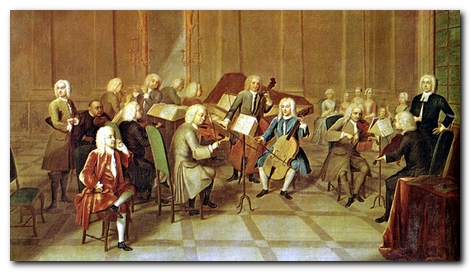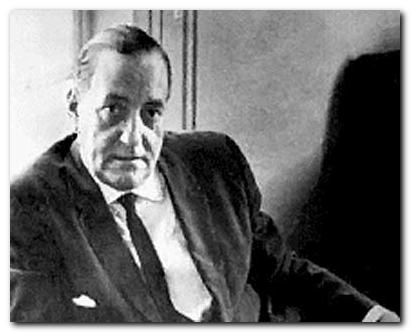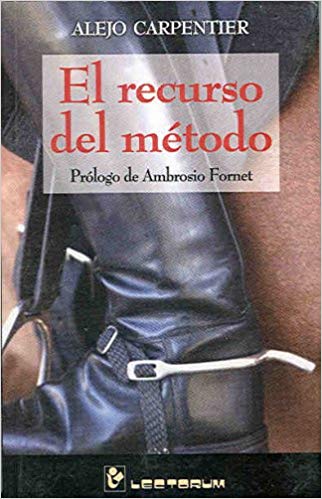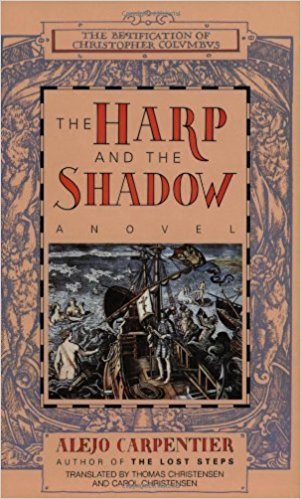novels, novellas, short stories, criticism
Alejo Carpentier (1904-1980) was a Cuban writer who made a connection between European culture and the native history of Latin-America. His literary style is a wonderful combination of dazzling images and a rich language, full of the technical jargon of whatever subject he touches on – music, architecture, painting, history, or agriculture.
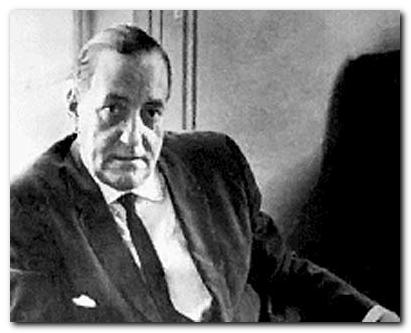
He was also the first to use the techniques of ‘magical realism’ (he coined the term, lo real maravilloso) in which the concrete, real world becomes suffused with fantasy elements, myths, dreams, and a fractured sense of time and logic.
Carpentier is generally considered one of the fathers of modern Latin American literature. His complex, baroque style has inspired such writers as Gabriel García Márquez and Carlos Fuentes.
Alejo Carpentier – novels in English
![]() The Kingdom of this World (1949) – Amazon UK
The Kingdom of this World (1949) – Amazon UK
![]() The Kingdom of this World (1949) – Tutorial, study guide, web links
The Kingdom of this World (1949) – Tutorial, study guide, web links
![]() The Lost Steps (1953) – Amazon UK
The Lost Steps (1953) – Amazon UK
![]() The Lost Steps (1953) – Tutorial, study guide, web links
The Lost Steps (1953) – Tutorial, study guide, web links
![]() Explosion in a Cathedral (1962) – Amazon UK
Explosion in a Cathedral (1962) – Amazon UK
![]() Reasons of State (1974) – Amazon UK
Reasons of State (1974) – Amazon UK
![]() The Consecration of Spring (1978) – Amazon UK
The Consecration of Spring (1978) – Amazon UK
![]() The Harp and the Shadow (1979) – Amazon UK
The Harp and the Shadow (1979) – Amazon UK
![]() The Harp and the Shadow (1979) – Tutorial, study guide, web links
The Harp and the Shadow (1979) – Tutorial, study guide, web links
Alejo Carpentier – stories in English
![]() The Chase (1956) – Amazon UK
The Chase (1956) – Amazon UK
![]() The Chase (1956) – Tutorial and study guide
The Chase (1956) – Tutorial and study guide
![]() The War of Time (1963) – Amazon UK
The War of Time (1963) – Amazon UK
![]() Journey Back to the Source (1963) – Amazon UK
Journey Back to the Source (1963) – Amazon UK
![]() Journey Back to the Source (1963) – Tutorial and study guide
Journey Back to the Source (1963) – Tutorial and study guide
![]() The Road to Santiago (1963) – Amazon UK
The Road to Santiago (1963) – Amazon UK
![]() The Road to Santiago (1963) – Tutorial and study guide
The Road to Santiago (1963) – Tutorial and study guide
![]() Right of Sanctuary (1967) – Amazon UK
Right of Sanctuary (1967) – Amazon UK
![]() Right of Sanctuary (1967) – Tutorial and study guide
Right of Sanctuary (1967) – Tutorial and study guide
![]() Baroque Concerto (1974) – Amazon UK
Baroque Concerto (1974) – Amazon UK
![]() Baroque Concerto (1974) – Tutorial and study guide
Baroque Concerto (1974) – Tutorial and study guide
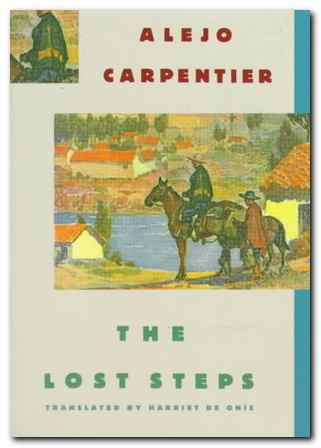
Alejo Carpentier – novels in Spanish
![]() Ecue-yamba-O! (1933) – Amazon UK
Ecue-yamba-O! (1933) – Amazon UK
![]() El reino de este mundo (1949) – Amazon UK
El reino de este mundo (1949) – Amazon UK
![]() Los pasos perdidos (1953) – Amazon UK
Los pasos perdidos (1953) – Amazon UK
![]() El siglo de las luces (1962) – Amazon UK
El siglo de las luces (1962) – Amazon UK
![]() El recurso del metodo (1974) – Amazon UK
El recurso del metodo (1974) – Amazon UK
![]() La consegracion de la primavera (1978) – Amazon UK
La consegracion de la primavera (1978) – Amazon UK
![]() El arpa y el sombra (1979) – Amazon UK
El arpa y el sombra (1979) – Amazon UK
![]() Cuentos completos (1979) – Amazon UK
Cuentos completos (1979) – Amazon UK
Alejo Carpentier web links
![]() Carpentier at Wikipedia
Carpentier at Wikipedia
Background, biography, magical realism, major works, literary style, further reading
![]() Carpentier at Amazon UK
Carpentier at Amazon UK
Novels, criticism, and interviews – in Spanish and English
![]() Carpentier at Internet Movie Database
Carpentier at Internet Movie Database
Films and TV movies made from his novels
![]() Carpentier in Depth
Carpentier in Depth
Spanish video documentary and interview with Carpentier (1977)
© Roy Johnson 2017
More on Alejo Carpentier
More on the novella
More on literary studies
More on short stories
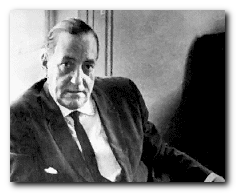 Alejo Carpentier was a Cuban writer who straddled the connection between European literature and the native culture of Latin-America. He was for a long time the Cuban cultural ambassador in Paris. Carpentier was trying to place Latin-American culture into a historical context. This was done via a conscious depiction of the colonial past – as in The Kingdom of This World, and Explosion in a Cathedral (title in Spanish El Siglo de las Luces – or The Age of Enlightenment).
Alejo Carpentier was a Cuban writer who straddled the connection between European literature and the native culture of Latin-America. He was for a long time the Cuban cultural ambassador in Paris. Carpentier was trying to place Latin-American culture into a historical context. This was done via a conscious depiction of the colonial past – as in The Kingdom of This World, and Explosion in a Cathedral (title in Spanish El Siglo de las Luces – or The Age of Enlightenment).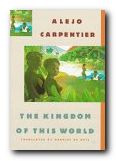 The Kingdom of This World
The Kingdom of This World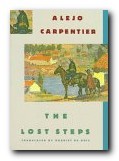 The Lost Steps
The Lost Steps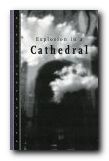 Explosion in a Cathedral
Explosion in a Cathedral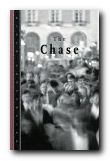 The Chase
The Chase